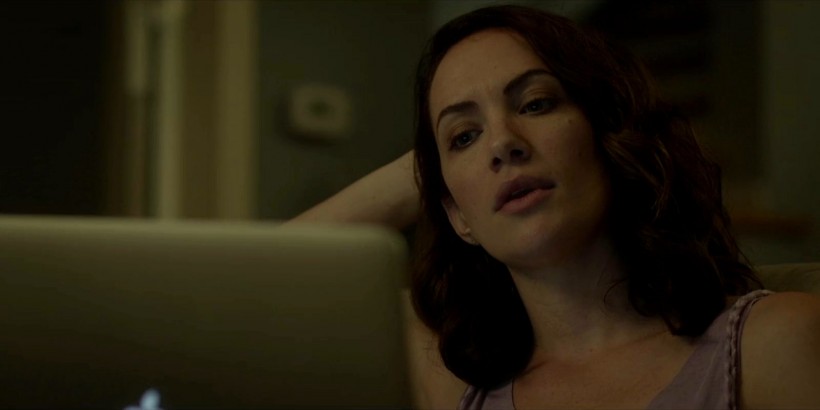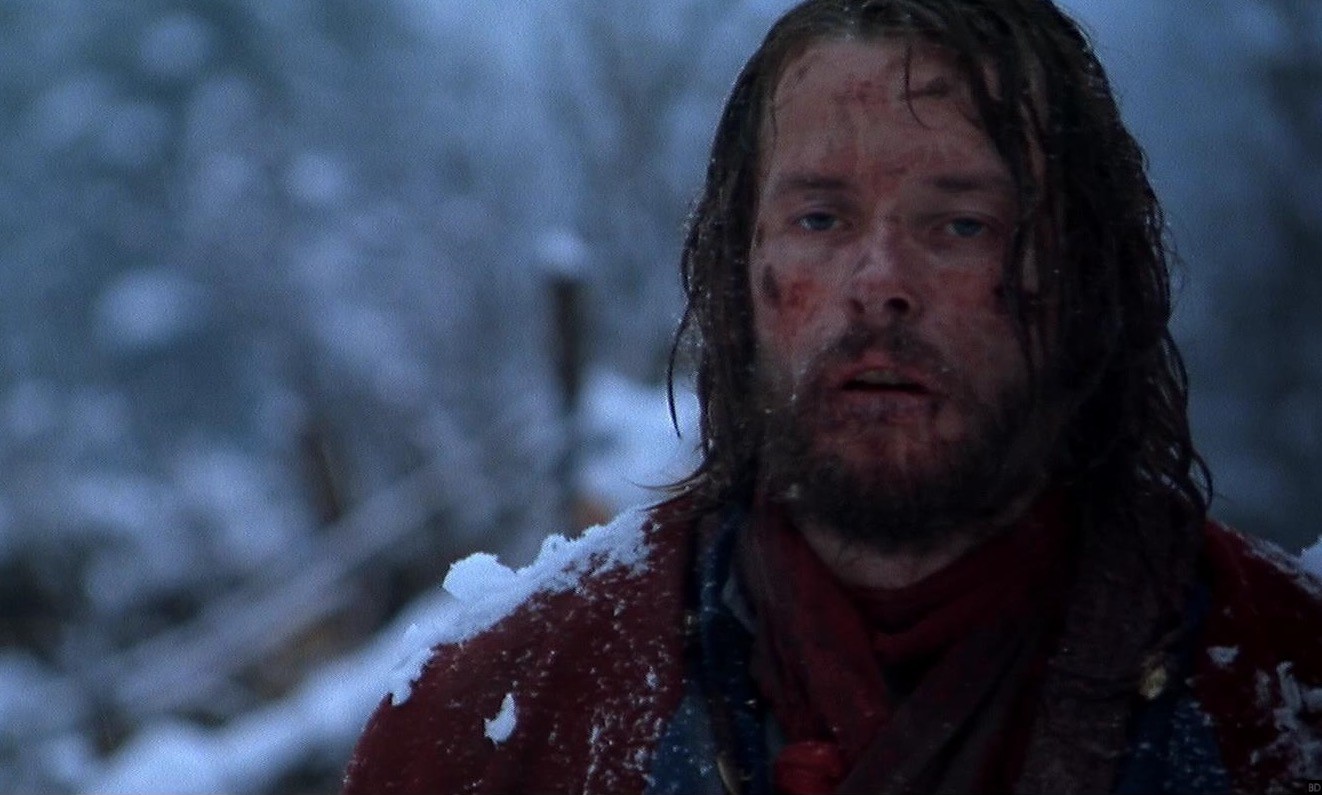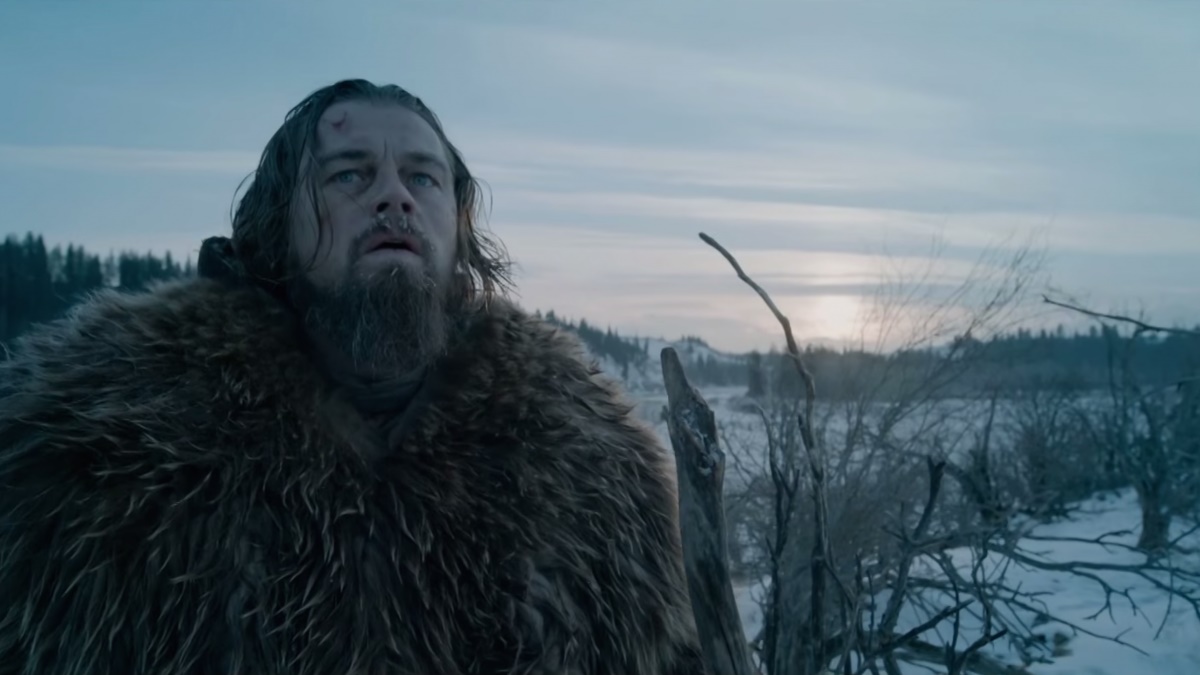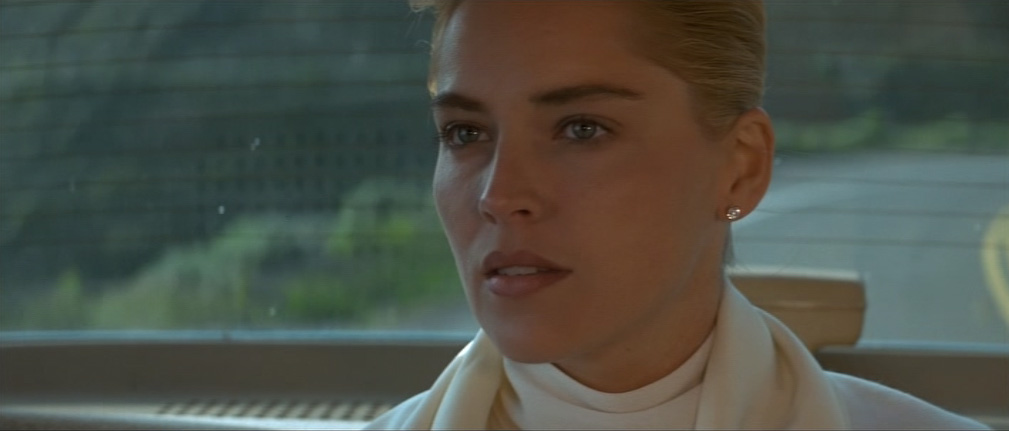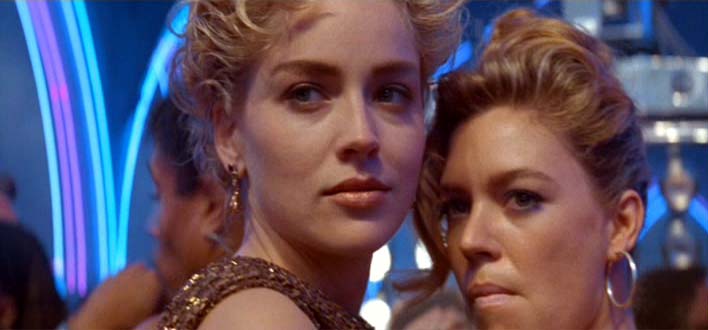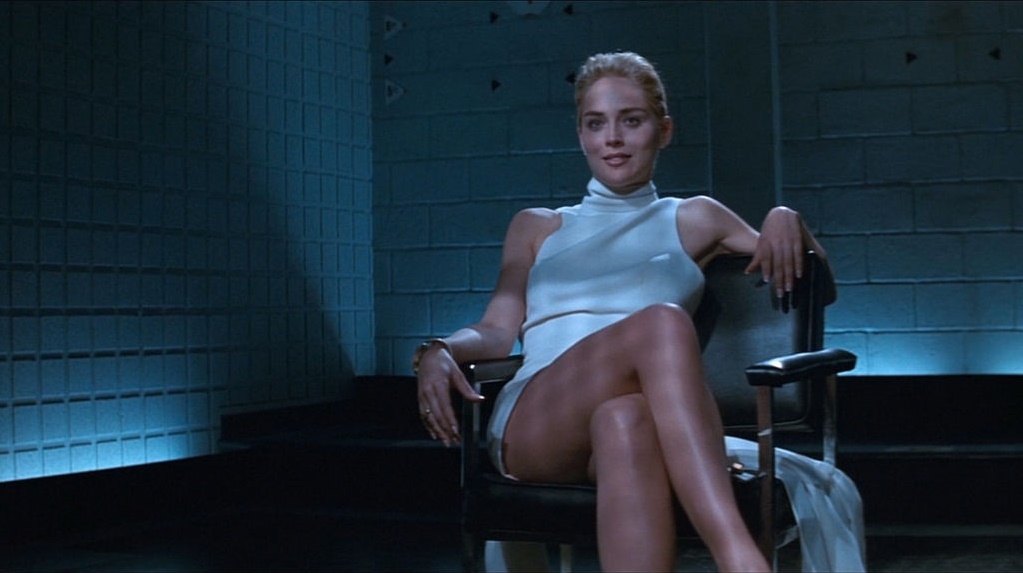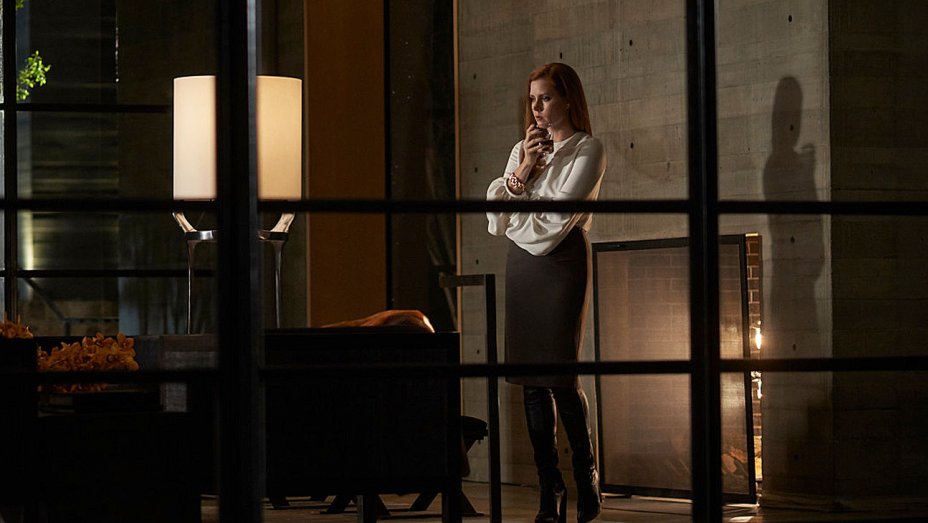
This guest post written by Lochlan Sudarshan appears as part of our theme week on Women Directors, Part 2.
In cinema, the further back you go, the more restrictive the rules regarding what you’re allowed to show on-screen (until you hit Pre-Code Hollywood films that is). This is especially true involving subjects considered taboo, such as LGBTQ characters and graphic violence. One of the items seldom depicted in the films of the era was the ultimate taboo: cannibalism.
With two women-directed horror films released this year that feature characters who are cannibals, Raw and The Bad Batch, not to mention Hannibal which ran for a full (albeit too brief) three seasons on prime-time network television, it’s easy not to think of the subject as shocking. This wasn’t always the case.
In Ravenous, the primary meat and potatoes of the terror the audience feels isn’t provided by novel sights on the screen. While the visuals are gorgeous, its true potency comes from its sense of self-confidence.
From the very beginning, director Antonia Bird puts us right into the head of protagonist Boyd (Guy Pearce) as he sits at a table being served steak with the rest of his platoon. He appears nervous, ill-at-ease, and sick. Immediately, the film’s persistent attention to detail is on display. The flag displayed during the dinner has 28 stars on it, the correct amount given that the story takes place during the Mexican-American war. It’s a small facet, but it’s such an easy one to get wrong; noticing it makes the viewer immediately feel like the other small details of everyday life for a soldier of the period will be attended to in similar detail. For example, it was often difficult to maintain fresh meat on the battlefield, so Boyd’s apprehension at what is likely the first steak dinner he’s seen in some time already piques the audience’s interest.
He looks so uncomfortable that even a dyed-in-the-wool carnivore will find themselves feeling queasy after the lingering close-up of bloody steak overlaid with Boyd’s heavy breathing.


We soon learn through quick, wordless cuts that Boyd survived a skirmish by feigning death on the battlefield and was transported by Mexican troops to a mass grave of his fellow soldiers. While in the pile of corpses, the blood of his commanding officer runs down into his mouth. Without a word of exposition or dialogue spoken, we understand why Boyd is so ill-at-ease. This is one of the forms the film’s primary strength of confidence takes: Bird is unafraid of long silences; she trusts her skills to communicate plot and character visually without the need for exposition.
Boyd’s commander, General Slauson (John Spencer) finds himself unable to discharge Boyd since while behind enemy lines, he snuck out of the grave and took control of an enemy command point. Despite this, Slauson is disgusted by Boyd’s cowardice on the field and assigns him to a remote fort out in the Sierra Nevadas. Throughout their conversation, again through the use of quick cuts to the flashback of Boyd on the battlefield, we see him stagger from the pile of corpses and break an enemy soldier’s neck without exerting any real force. This surreal moment keeps us on our toes for later in the film.
At the fort, Boyd is introduced to his new commanding officer, Colonel Hart (Jeffrey Jones, yes, the principal from Ferris Bueller’s Day Off). Hart paints a bleak picture of the sort of life Boyd can expect here, and seems resigned to it himself. This decompression of the narrative allows the audience to settle in and get a good idea of what routine is like at the camp. Hart tells Boyd that Knox (Stephen Spinella), their doctor, used to be a vet and cautions him “don’t get sick.” Cleaves (David Arquette), the cook, is characterized as similarly incompetent, but Hart acknowledges that he can’t exactly tell Boyd not to eat. The two of them share a drink together, and once more, there isn’t anything more that needs to be said in dialogue. Their uncomfortable, long silence expresses clearly that Fort Spencer is a dumping ground for the army’s undesirables.
It isn’t long before a stranger stumbles through the snow to Fort Spencer. Colqhoun (Robert Carlyle) collapses outside and the soldiers quickly take him in and warm him up in a bath. Here, Bird’s eye stands out. The scene focuses on Colqhoun and his peril of freezing to death rather than how this unexpected situation makes Boyd feel.

“Manpain” is a topic that’s well understood in feminist spheres. When something terrible happens to the male hero’s girlfriend or wife, the narrative will often focus on how it makes him feel rather than her, the actual victim. Gender aside, part of the reason this is so prevalent is the way main characters tower above everyone else thematically in the story, even if within the actual situation, people’s attention would be elsewhere. For this reason, something like “manpain,” or call it “mainpain,” can be on display even when both characters are of the same gender: think of any movie where the main character’s police partner or superhero sidekick is injured by the antagonist; the emphasis is seldom on the victim. Like their narrative role as a whole, their suffering really only exists as a platform for us to learn about the protagonist, so the camera usually puts our eye there, even if they aren’t the one speaking.
Bird’s avoidance of this is noteworthy for several reasons. First, it allows us to immerse ourselves in the scene she sets and to find ourselves in the same headspace as the rest of the soldiers: who is Colqhoun? How did he get here? Where did he come from? Additionally, it illuminates another facet of “manpain” (or “mainpain” in this instance). Aside from it being a lazy trope to avoid giving the spotlight to women (or secondary characters), it’s got another hidden function that’s often used unconsciously by creators.
Men in film are seldom allowed to cry or feel fear for their own welfare. A man can be afraid kidnappers will harm his family or cry for a wounded or dead loved one, but when was the last time you saw an action hero get shot and then cry for his own sake because it hurt? For example, in the 1996 action movie Eraser, when Arnold Schwarzenegger pulls an I-beam out of his thigh, he grimaces in pain, but he’s not upset on his own behalf, nor is he fearful he will be outgunned by the bad guys. His sole goal is to protect Vanessa Williams’ character. Colqhoun shows this rare vulnerability during the scene where he tells the soldiers how he came to the fort. He is a survivor from a doomed expedition that set to cut through the Rockies on their journey west. Under the command of the incompetent Colonel Ives, they had to take refuge in a cave when a blizzard trapped them. As time wore on, the party resorted to cannibalism until Colqhoun fled for fear that he would be eaten next. He admits this nakedly and is forthcoming about how he felt afraid. He cries out of shame for his shameful behavior and fear of the fate he narrowly avoided. If Colqhoun’s story sounds familiar, it’s because it is based on real historical figures. Screenwriter Ted Griffin was inspired by the Donner Party and their ill-fated attempts to go west as well as Alferd Packer who went to prison for cannibalism.
Bird’s perspective as a woman has, I think, something important to do with this scene. When Colqhoun is upset about the terrible things that happened to him and cries, we’re not supposed to think he’s effeminate or unmasculine, as these acts are often coded. He’s allowed to express this vulnerability and draw our own conclusions and feel bad for him.

When Colqhoun awakens and tells everyone how he got here, he briefly rises from the tub nude and is seen in a full shot from behind. Unlike one of Carlyle’s prior films, there isn’t any jeering from the characters in the scene and the camera itself doesn’t ask the audience to find Carlyle’s nudity inherently funny because he’s male. Unusually for film, he’s even briefly embarrassed and after he gains his bearings, he quickly dresses and moves on. Being a woman director allows Bird to sidestep the Male Gaze, nearly ubiquitous in film. Most movies operate under the unspoken assertion that the camera operates like a heterosexual man, so scenes of female nudity are coded as desirable and alluring, while male nudity is either played for laughs, like with mooning, or the audience is expected to be repulsed. The scene doesn’t read either of these ways, and sex is the furthest thing from any character’s mind during it. Due to Bird’s balanced and unbiased camera work, the audience’s focus is on Colqhoun’s story rather than his body as well.
After hearing his story, the soldiers decide to look in the cave for any more survivors. Before heading out, however, George (Joseph Running Fox), an Ojibwe member of the fort’s staff, tells Boyd when a person consumes human flesh and blood, they turn into a Wendigo, gaining preternatural strength and healing powers. Boyd finally has a name for what happened to him on the battlefield, but like with the other scenes, he keeps his emotions to himself in order to avoid giving himself away.
Despite being the lead, Pearce has very few lines in a film that’s already light on dialogue. A great deal of his character’s reactions to the situation around him are conveyed by his uncomfortable silences and attempts to mask his reactions. Bird’s steady close-ups of Pearce do a great deal to help us understand Boyd that may have been lost if the camera work were more traditional and used a lot of medium or wide shots of an ensemble cast.
Boyd investigates the cave to look for survivors with Reich (Neal McDonough) who gives a comfortably unhinged performance. The score is incredible; the bells and gongs keep the audience feeling off-balance. When Reich goes into the cave, just like with Boyd’s distaste for steak after his traumatic experience, we feel the creeping terror with him. While the film is sometimes classified as a satire or black comedy, and Bird herself has discussed the humor in the film, I don’t personally use either style descriptor. There is a great deal of humor in the movie, but it’s organic to the situation. It’s not gallows humor for its own sake, so the label doesn’t quite fit. If forced to categorize it, I would say it’s a survival horror film.

As with the earlier scene where Boyd talks to Slauson and we see scenes of Boyd in battle, this agonizing exploration of the cave is intercut with Colqhoun’s menacing behavior outside the cave. He has slipped his bonds and begins tutting at the men outside. Reich and Boyd discover Colqhoun has lied and has killed everyone in his wagon train himself.
They are forced to give chase after. Outside, Colqhoun has killed the rest of their group. Again, the music is very unusual for a scene like this, feeling almost whimsical. The dissonance created between playful music and gruesome imagery has the opposite of the usual effect of pairing a score to complement a scene. This makes the viewer think about each component separately, like the infamous bawdy song “The Bear and the Maiden Fair” from Game of Thrones and its accompanying scene of brutality.
This dissonance reinforces what’s going on in the scene thematically, even though it seemingly clashes with it visually. While the soldiers are frightened as Colqhoun picks them off, he’s gleeful and even silly as he chases them through the woods. Characters in the same scene can experience it two different ways, and that’s one of the takeaways in this sequence. Running over the rugged terrain, none of them look graceful or heroic, something that the film is judicious about. During the acts of violence, the camera lingers on how awkward the movements are, which gives them a great deal more dramatic heft.

Instead of sword fighting Colqhoun at the edge of a mountaintop or engaging in a prolonged fist fight with him in the riverbed, he surprises the soldiers with his attack. They had thought of him as a victim and for him to switch gears so abruptly causes them to falter for a moment, which is unfortunately all Colqhoun needs thanks to his Wendigo puissance. More importantly, the scene itself is not glamorous narratively: Colqhoun is killing these men who stopped him from freezing to death, so that’s how the violence is depicted as well to reinforce this theme. The same way Colqhoun was allowed to be depicted as fearful for his own safety earlier on (even if he was just acting), so too are the soldiers as he kills them. This realism does a great deal to ground the scene and the film as a whole.
On that note, the effects for peoples’ wounds in the film are all done practically, which makes a great deal of difference when it comes to visceral horror. Instead of stylized gore or special effects added in post-production, practical effects help the wounds look more like actual meat, an important motif in the story. Being forced to get up close and personal to the blood as an audience helps to immerse ourselves in the situation like the characters.
They ultimately catch up with Calqhoun, but he forces Reich off a cliff. Boyd wounds him in the shoulder, but also falls off the cliff, breaking his leg. While he struggles with his decision, ultimately, he is forced to eat Reich’s flesh in order to recuperate in time before Calqhoun finds him. The passage of this time is denoted by the changing phases of the moon and the gradual decomposition of Reich’s corpse. Once more, the scene is largely allowing the silence to highlight an uncomfortable, tense moment, letting the audience draw their own conclusions.

Boyd gets back to Fort Spencer and attempts to explain the situation to Slauson, who does not believe him. Colqhoun himself, revealed to be Colonel Ives, is there waiting for him. Boyd tries to explain that he is in fact Colqhoun and demands Ives remove his shirt to display his wound. Ives acquiesces. But his shoulders are bare due to his recuperative powers. Again, the film is comfortable with Carlyle’s nudity and the purpose of the scene, to build tension, is never lost as he disrobes. The characters are on edge because of Boyd’s seemingly deteriorating mental state, but not because Ives is undressing in front of them.
Later, there is an unbearably tense scene where all the remaining players sit in the log cabin at the fort as a blizzard rages outside reading, playing chess, or in Boyd’s case, keeping an eye on Ives. Watching this scene, it feels like a definite tonal and thematic touchstone for Quentin Tarantino’s The Hateful Eight. Beyond the superficial similarities of set dressing and costume (though Tim Roth’s character in the film bears a striking resemblance to Carlyle as Colqhoun here) this scene also deals with simmering tensions and characters not being who they say they are, all having secrets to keep. Ives shutting his book causes Boyd to pounce toward him, and for Martha and Cleaves to lunge toward Boyd. With tensions running high, Ives suggests they go to bed and excuses himself outside for a cigarette. The camera lingers on Ives as he goes outside with nothing to immediately draw the eye around him as he does this. It lets the tension surrounding Boyd’s inevitable attack build.
Ives explains he, too, is aware of the legend of the Wendigo and has taken advantage of its powers. He reveals how it cured his tuberculosis and depression. He plans to take over the fort to pick off travelers once the spring thaw sets in, and would like Boyd as a fellow Wendigo to join him.

This scene and the surrounding themes are why I classify this as a vampire film when discussing it and recommending it to people. Though the powers possessed by the main characters don’t exactly line up, the themes dealt with and the choices Boyd has to make, whether he will kill for his own sake, are the same as the ones faced in other films like Interview with the Vampire. More than coincidence, this connection seems deliberate on Bird’s part. During the scene where Ives propositions Boyd, his coat is turned up and the light frames him so he resembles classic depictions of vampires, such as Bela Lugosi’s Dracula.
The ultimate contrast between the two Wendigos is their attitude toward their condition. Ives views it as an opportunity for what he views as the survival of the fittest; it’s an opportunity for him to use his strength to gain supremacy over others. Boyd views it as a shameful quirk of fate that he keeps being forced to use to save his own life. Though he is reluctant to murder to preserve his own life, every time up until now when he has been forced to choose between eating and dying, he has always chosen eating.
The final sequence of Ravenous is heavily predicated on things it’s far better to see firsthand, but as with the film throughout, Bird’s comfort with allowing the visuals and music to do much of the heavy lifting in scenes is clearly on display. It makes for a moody, evocative, distinctive, and extremely memorable personal style. For all the bloodstains in this movie, the one that stands out the most in the end is certainly Bird’s thumbprint.
Lochlan Sudarshan is a writer, teacher, and tabletop roleplaying enthusiast who excels at knowing the name of that one actor and talks about books, movies, and TV on Twitter. You can follow him on Twitter @Lochlan_S and on his blog.




